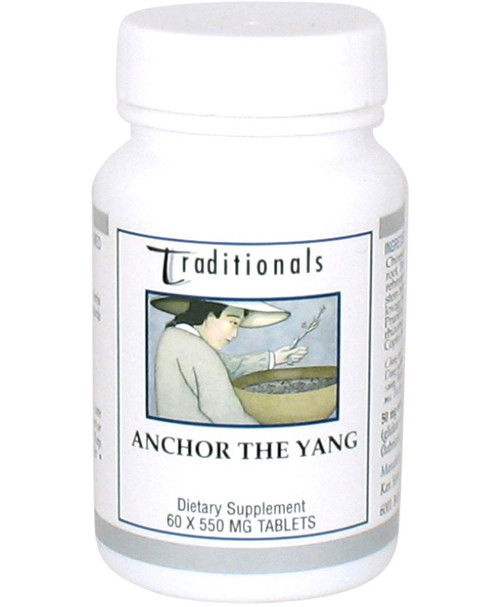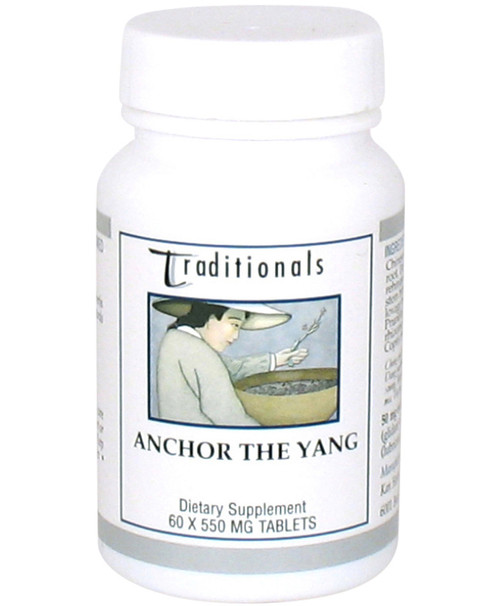
Product Description
Anchor Yang, (120 tablets)
| Unit Size | 120 tablets |
| Dosage | 2-3 tablets, 2-3 times per day |
| Potency | 7:1 |
| Contraindications | Pregnancy. Recommended for Excess Yang cases only. Do not use if patient develops an exogenous Wind-Cold invasion. This formula may cause loose stools. |
| Chinese Symptomology | Hypertension, especially with excess symptoms of dizziness, headache, tinnitus, red face, and stiff neck. May be beneficial for pre-stroke conditions (transient ischemic attacks) resulting in temporary neurological symptoms such as facial or limb paralysis, diminished visual field, abnormal sensations in the face or limb and speech problems |
| Actions | Clears Heat from Yang excess, calms internal Wind, promotes Blood circulation, descends Liver Yang and lowers blood pressure |
| Pattern | Ascending Liver Yang transforming to internal Wind |
| Tongue | Red body and sides, may be deviated, trembling or stiff, possible greasy coating, or dry |
| Pulse | Rapid, forceful, flooding |
| Branch | Liver, Heart |
| Chinese name | jiang ya wan |
| English name | Anchor Yang, (120 tablets) |
Description
Anchor The Yang formula is used to treat hypertension caused specifically by rising excess Heat and/or internal Wind. This pattern most often occurs when the Kidney Yin has become so vacuous that it fails to nourish it's child, the Liver, leading to Liver yin vacuity and hyperactivity of the Liver Yang. Over time, the vigorous Heat generated from the hyperactive Yang will produce Wind which will rise to the head and cause such symtpoms as headache, dizziness, stiff neck, red face and tinnitus. This prescription should not be used for hypertension due to Yang vacuity.
Ingredients
chong wei zi (Chinese motherwort seed) huai niu xi (achyranthes root) e jiao (donkey hide gelatin) sheng di huang (raw rehmannia root) dang gui shen (dong quai root) gou teng shuang (gambir leaf & twig) tan xiang (sandalwood) chuan xiong (Sichuan lovage root) mu dan pi (tree peony bark) xia ku cao (prunella fruit spike) sheng da huang (raw rhubarb rhizome) tian ma (gastrodia rhizome) hu po (amber resin) chuan huang lian (coptis rhizome) shi jue ming (abalone shell)










